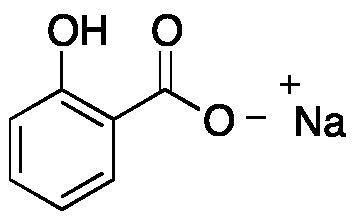Formula C7H5NaO3 Melting point 200 °C | Molar mass 160.11 g/mol Appearance white crystals | |
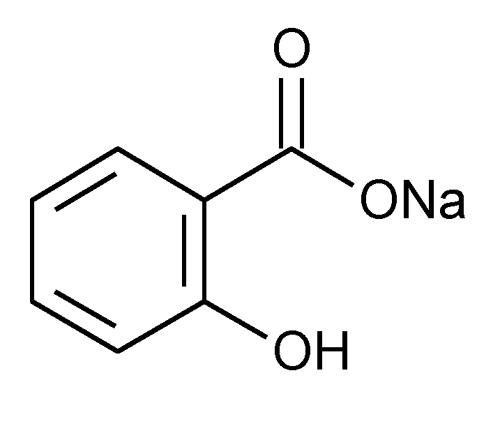 | ||
Sodium salicylate is a sodium salt of salicylic acid. It can be prepared from sodium phenolate and carbon dioxide under higher temperature and pressure. Historically, it has been synthesized from methyl salicylate (found in wintergreen plants or the bark of sweet birch tree) by reacting it with an excess of sodium hydroxide and heating it under reflux.
Contents
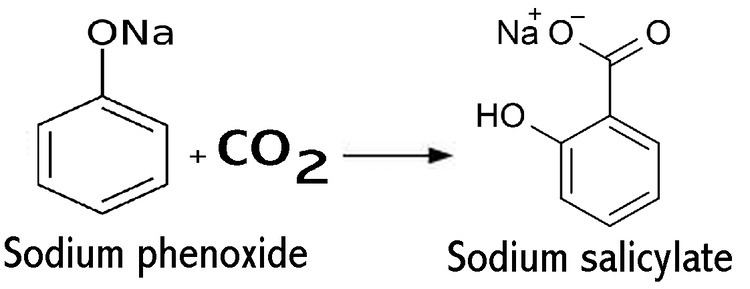
Properties
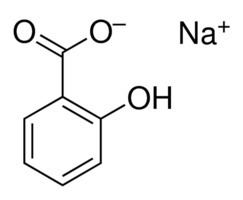
Sodium salicylate is of the salicylate family and this compound is known to trigger Reye's Syndrome in children and adults, usually following a viral infection such as influenza or chicken pox. Products containing such salicylates should not be given to children under the age of 19.
Uses
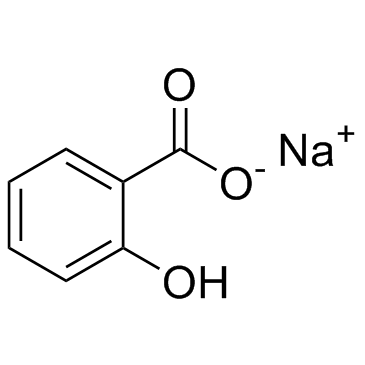
It is used in medicine as an analgesic and antipyretic. Sodium salicylate also acts as non-steroidal anti-inflammatory drug (NSAID), and induces apoptosis in cancer cells and also necrosis. It is also a potential replacement for aspirin for people sensitive to it. It may also be used as a phosphor for the detection of vacuum ultraviolet radiation and electrons.
